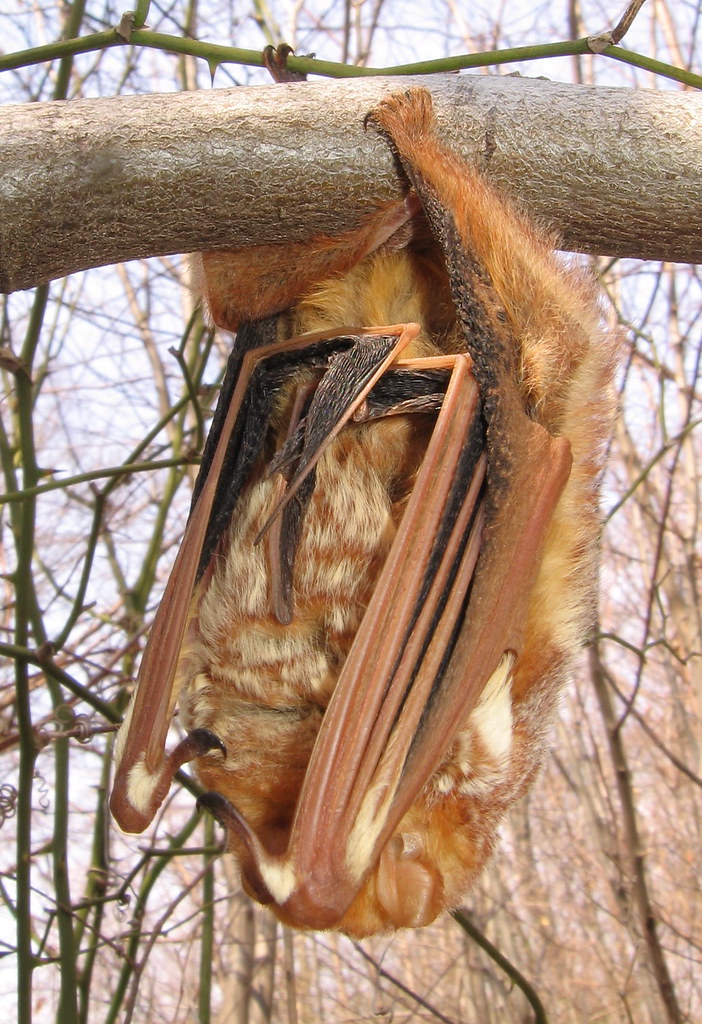We have much more to do and your continued support is needed now more than ever.
Endangered Species: Spending Cuts Hurt Wildlife and the Economy
 There are over a thousand plants and animals on the endangered species list, and congressional spending cuts may do little to help them or the economy. Programs aimed at saving wildlife from extinction are being drastically reduced or eliminated in the Continuing Resolution. Moreover, congressional budget cuts could also put economic growth and recovery on the endangered species list.
There are over a thousand plants and animals on the endangered species list, and congressional spending cuts may do little to help them or the economy. Programs aimed at saving wildlife from extinction are being drastically reduced or eliminated in the Continuing Resolution. Moreover, congressional budget cuts could also put economic growth and recovery on the endangered species list.
A new report by Goldman Sachs says Continuing Resolution cuts could slow GDP growth by about two percent. GDP, or Gross Domestic Product, is the measure of all goods and services produced in the United States. If GDP drops, so do the number of jobs, and many of those jobs are connected to wildlife conservation, water restoration and managing invasive species.

State and Tribal Wildlife Grants, for example, create jobs in every state by preventing plants and animals from becoming endangered species. The program employs biologists who work with landowners and land management agencies on conservation efforts. These grants also promote jobs by allowing states to hire local labor to restore natural habitats, which improve fish and wildlife. Hunters, anglers, wildlife biologists, conservationists, birdwatchers, hikers, campers and and nature-based business all benefit from a healthy environment teeming with wildlife. Unfortunately, State and Tribal Wildlife Grants is just one of many vital programs that will be completely eliminated under the Continuing Resolution.
Congress can protect our economy and our natural resources without sacraficing both. You can speak up for wildlife by visiting NWF’s Action Center.





















